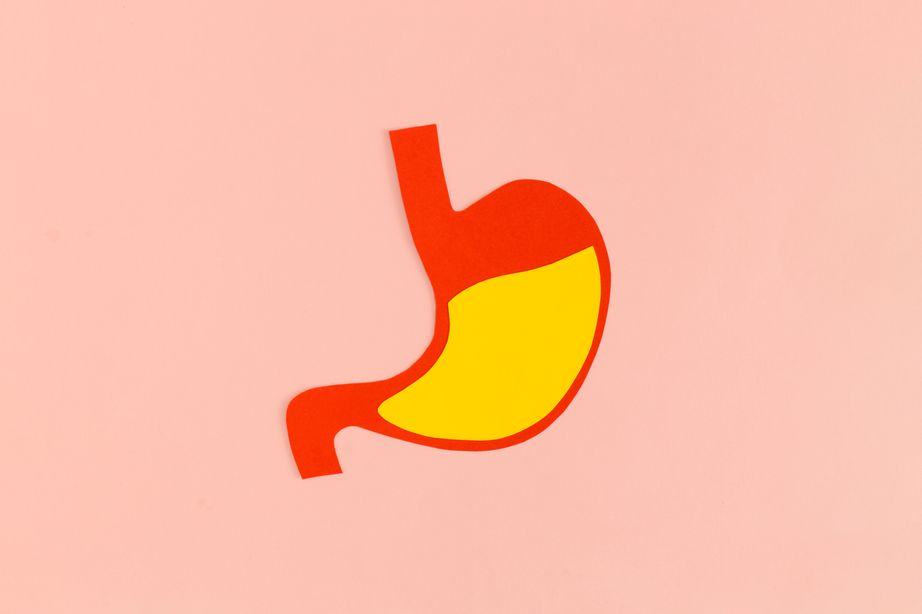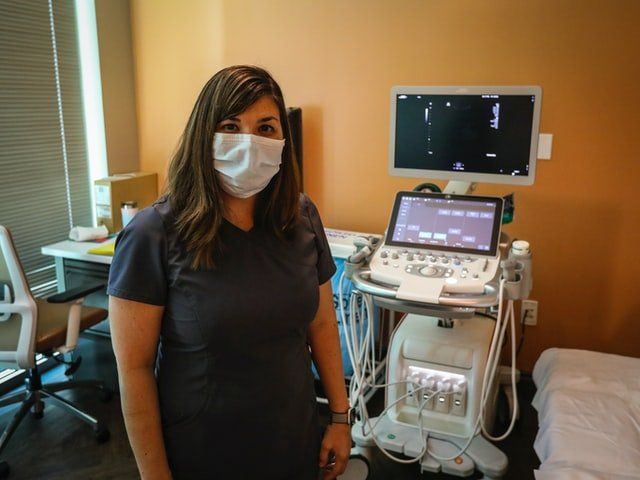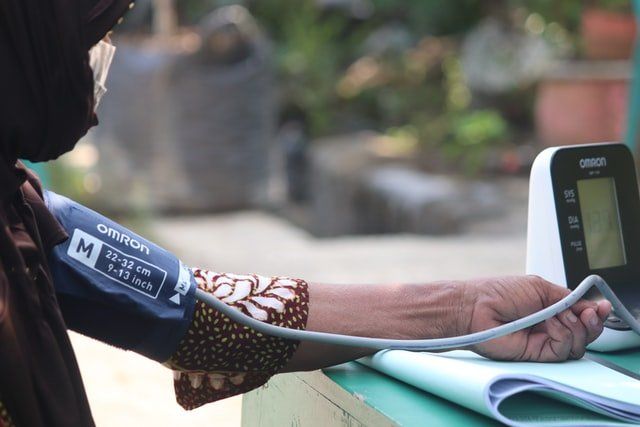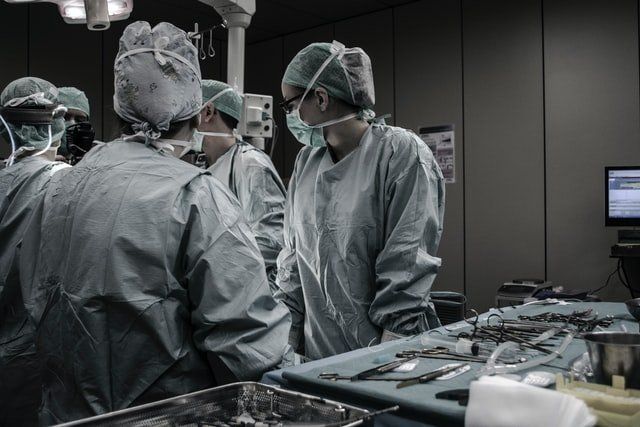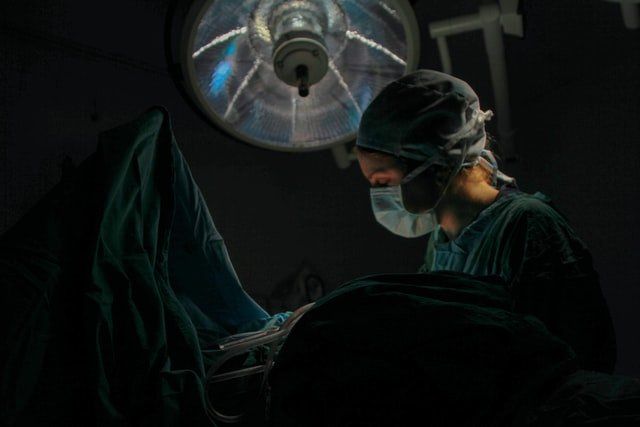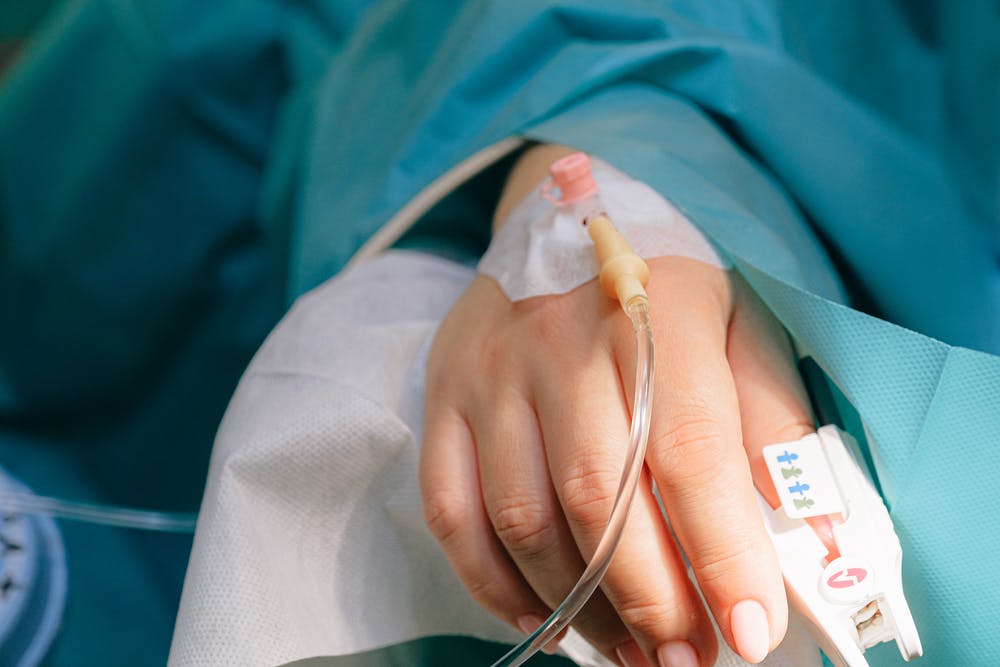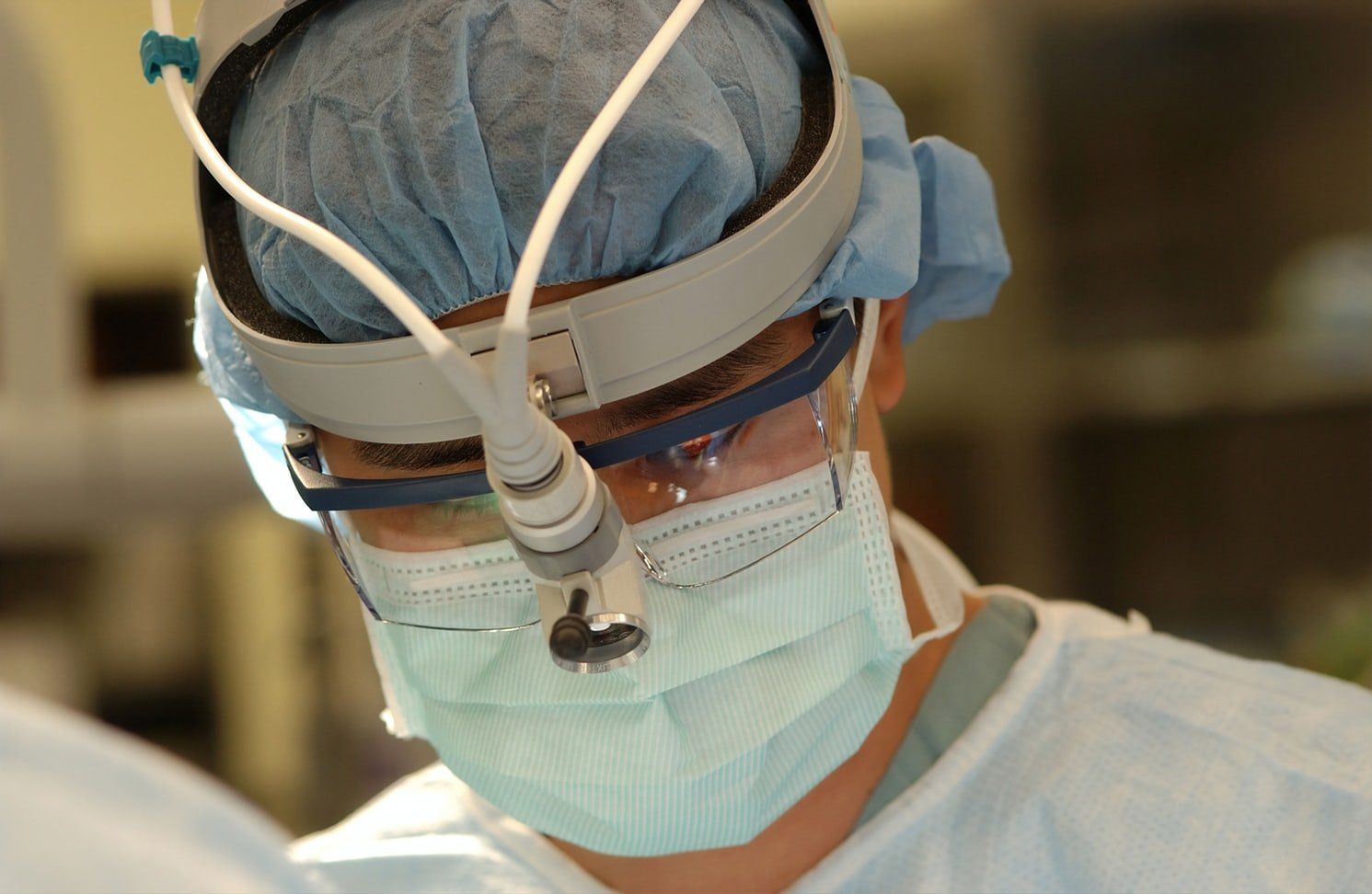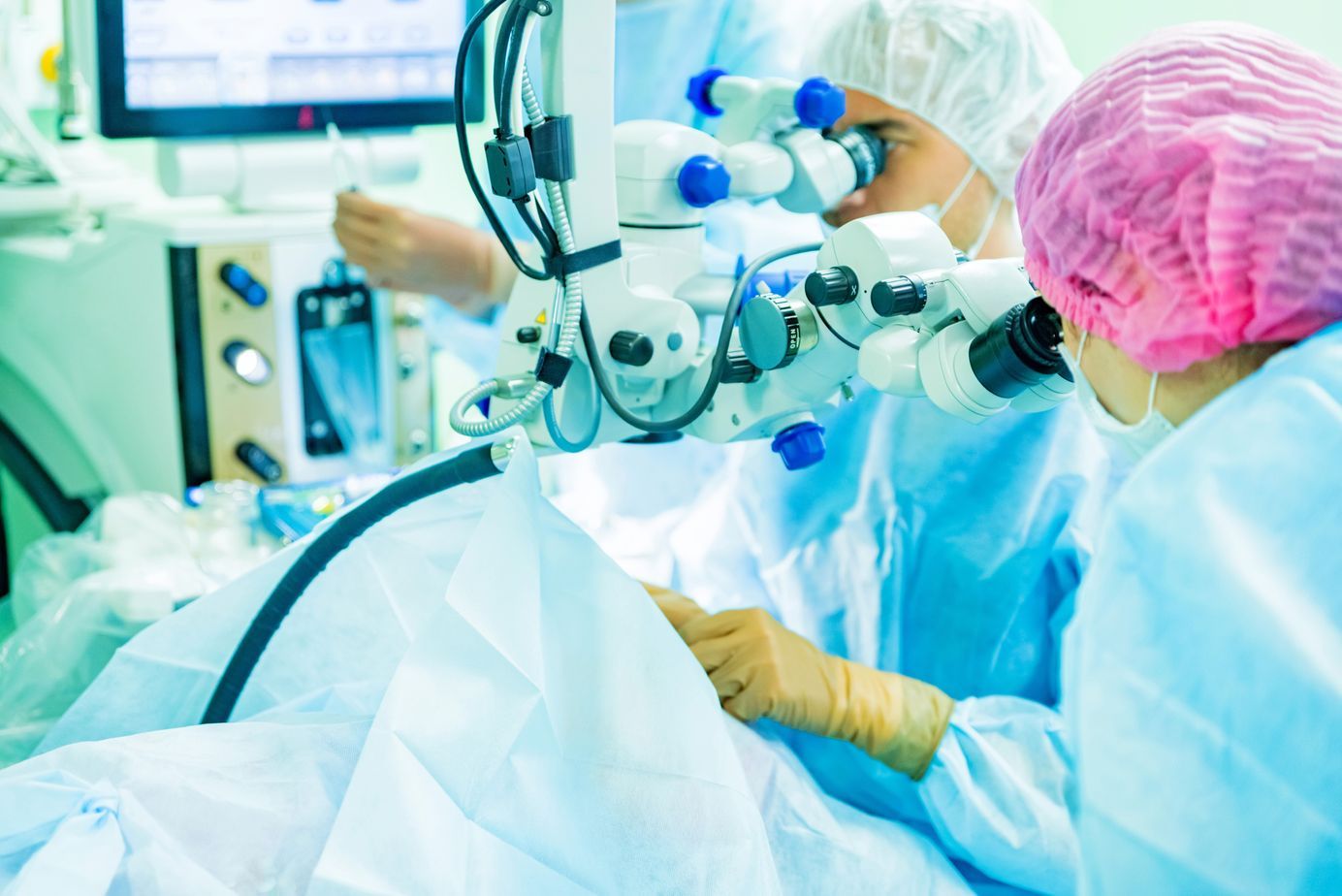Prevention of Barrett's-Related Esophageal Cancer_ What’s New
Every year, thousands of people undergo upper endoscopies to examine their esophagus for evidence of Barrett's-related disease. People with Barrett’s Esophagus (BE), a condition characterized by intestinal cell changes and inflammation, and related conditions may be at risk for developing more serious complications.
It is known that BE patients are at risk of developing esophageal cancer. This is why it is important that early diagnosis of Barrett’s-related esophageal cancer be conducted in order to ensure successful treatment.
A lot of patients with Esophageal Adenocarcinoma (EAC) have never gotten a prior diagnosis of BE. This is why there are attempts to improve the outcomes of this deadly disease.
So far, here is the progress that has been made:
Endoscopic Surveillance
Currently, patients with BE are under endoscopic surveillance to improve the outcomes of EAC. It helps detect High-Grade Dysplasia (HGD) or early-stage EAC. Today, there are two min elements for endoscopic surveillance for BE.
The first element is to conduct examinations at specific intervals. The second element is adequate biopsy sampling to detect dysplasia because dysplastic tissue can be present within endoscopically normal-appearing BE.
Endoscopic Therapy
Endoscopic surveillance can’t prevent EAC, but it can help detect it early before things get worse. Endoscopic ablation that includes photodynamic therapy, radiofrequency ablation, and cryotherapy with liquid nitrogen can destroy dysplastic BE.
Immunotherapy
Immunotherapy may also play a significant role in the early treatment for EAC based on two large clinical trials. The trials used drugs known as immune checkpoint inhibitors that increased how long patients with advanced EC lived without cancer getting worse.
Earlier this year, the FDA approved Keytruda in combination with chemotherapy for some patients with EC who are not candidates for surgery or chemotherapy and radiation.
Chemoprevention
Most patients with BE are prescribed Proton Pump Inhibitors (PPIs). There is little evidence that PPIs can prevent the development of cancer. On the other hand, there are studies that showed that aspirin and Nonsteroidal Anti-Inflammatory Drugs (NSAIDs) could decrease the chances of EAC. However, there needs to be more evidence to support it. Should there be more concrete evidence to it, aspirin may be a chemopreventive agent.
Moreover, there are also studies that show that the consumption of folic acid, green tea, berries, and antioxidants at high levels can reduce the chances of EAC.
Barrett's esophagus, considered a precursor of esophageal adenocarcinoma, has demonstrated increasing incidence over recent decades. Although the underlying reasons are still poorly understood, cumulative exposure to gastroesophageal reflux is regarded as the most critical risk factor for disease development.
Unfortunately, even with the increased awareness of BE, there are still a growing number of EAC cases today. It is believed that early detection is one of the things that could prevent BE, while endoscopic therapies can treat high-grade dysplasia and intra-mucosal carcinoma.
The Future
There is still hope that future research will finally provide enough answers that can help slow down this epidemic in EAC. Of course, having regular checkups is important to help prevent BE and EAC. So, make sure you keep your health in check!
Michael Kahaleh Gastroenterologist
is a world-renowned endoscopist and
gastroenterologist in New Jersey. He has pioneered interventional endoscopy and has extensive experience in the practice. Schedule an appointment today!

